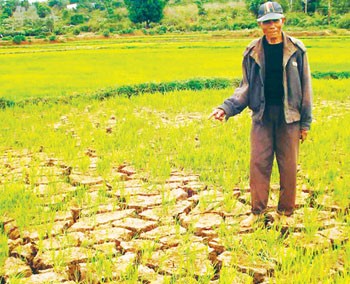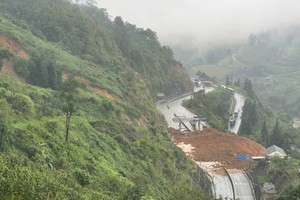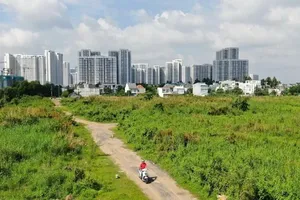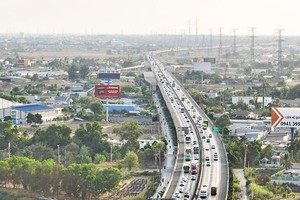A long bout of sweltering weather in the Central Highlands is creating havoc for residents as crops are dying and freshwater levels in rivers are being depleted at an alarming rate.

According to provincial agriculture and rural development departments, drought conditions are affecting large areas in the region. Geologists say that underground water sources are also severely declining as the days go by.
In Gia Lai Province’s eastern districts of Kong Chro, Krong Pa, Dak Po and Kbang, the parching conditions have put thousands of farmers’ crops in danger.
In Mang Yang District, the water dearth is threatening 1,000 hectares of rice.
Water levels at most irrigation works and rivers have slumped and are now one to two meters lower than last year during the same period.
Dinh Xuan Duyen, head of the Krong Pa District Department of Agriculture and Rural Development, said that thousands of hectares of tobacco, fruit and vegetables in the district are dying from a lack of water.
The daily activities of locals are also suffering. Residents have been transporting water each day in containers from the Ba River, as all wells have now dried up, he said.
Meanwhile, as of March 31, Dak Lak Province had 5,000 hectares of rice, coffee and maize suffering drought conditions, with 780 hectares in danger of dying off completely.
According to the Central Highlands’ Hydro Meteorological Center, this year’s rainy season will come late compared with previous years, which means all water sources could continue drying up in the coming months.
Experts have said the Central Highlands should reduce areas used to cultivate coffee and instead increase areas to grow forests, as this will help the area retain more water in the future.
























